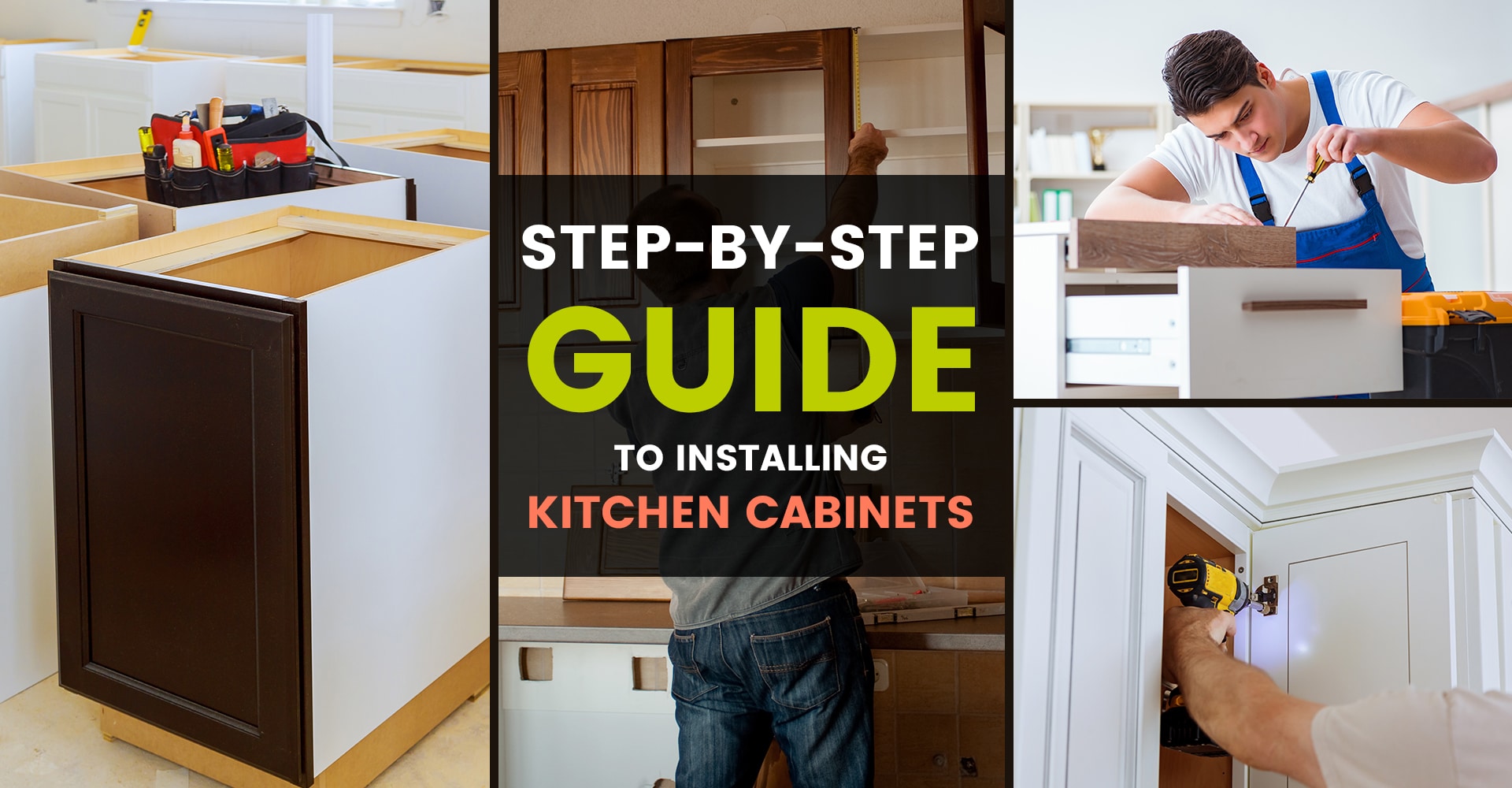Preparing for Installation: How To Install Bathroom Cabinet

Proper preparation is crucial for a successful bathroom cabinet installation. It ensures the cabinet is level, securely mounted, and aligns with your existing fixtures. This section will guide you through the essential steps involved in preparing for installation, including measuring, marking, and selecting the appropriate tools and materials.
Measuring and Marking the Wall
Before installing the cabinet, you need to determine the precise location on the wall where it will be mounted. This involves measuring the cabinet’s dimensions and transferring those measurements to the wall.
- Measure the Cabinet: Use a tape measure to determine the width, height, and depth of the cabinet. Note these measurements down for reference.
- Choose the Location: Consider factors like available space, proximity to plumbing and electrical outlets, and the desired visual appeal when selecting the cabinet’s location.
- Mark the Wall: Once you’ve chosen the location, use a pencil to mark the top, bottom, and sides of the cabinet’s footprint on the wall. Ensure the markings are level and straight using a level.
Determining the Best Location
Selecting the right location for your bathroom cabinet involves considering various factors, including plumbing and electrical considerations.
- Plumbing: If your cabinet will house plumbing fixtures, such as a sink or a toilet, ensure the location is close enough to the existing plumbing lines. You may need to adjust the cabinet’s position slightly to accommodate the pipes.
- Electrical: If the cabinet will have electrical outlets or lighting, make sure the location is close to an existing electrical junction box. Consult an electrician if you need to run new wiring.
- Existing Fixtures: Ensure the chosen location doesn’t interfere with existing fixtures like mirrors, towel racks, or other bathroom accessories.
Tools and Materials
Having the right tools and materials is essential for a smooth and successful installation.
It’s always better to have more tools than you need than to be caught short during the installation process.
| Tools | Materials |
|---|---|
| Tape measure | Cabinet |
| Level | Mounting hardware (screws, anchors, etc.) |
| Pencil | Caulk |
| Stud finder | Wood shims |
| Drill | Safety glasses |
| Screwdriver | Gloves |
Installing the Bathroom Cabinet

Now that your wall is prepped, it’s time to install the cabinet. This is the heart of the project, and it’s crucial to do it right for a secure and aesthetically pleasing result. Let’s break down the steps.
Attaching the Cabinet to the Wall, How to install bathroom cabinet
The cabinet’s attachment method depends on its weight and the wall’s material. Most cabinets come with mounting brackets and screws. If your cabinet is heavy or your walls are drywall, you’ll need to use anchors. These anchors provide a stronger grip, preventing the cabinet from pulling away from the wall.
Important: Always consult the manufacturer’s instructions for the specific cabinet you’re installing. They will Artikel the recommended mounting hardware and methods.
- Mark the mounting points: Using a level, mark the wall where the cabinet’s mounting brackets will be attached. Remember to account for the cabinet’s height and any necessary adjustments for plumbing or electrical outlets.
- Drill pilot holes: Drill pilot holes at the marked locations using a drill bit slightly smaller than the screws you’ll be using. This will prevent the wood from splitting.
- Install anchors (if needed): If you’re using anchors, hammer them into the pilot holes until they are flush with the wall.
- Attach the brackets: Align the mounting brackets with the marked spots and secure them to the wall using the screws. Make sure the brackets are level and flush with the wall.
- Hang the cabinet: Carefully lift the cabinet and hang it onto the brackets. Ensure it is level and centered before fully securing it to the brackets.
Leveling and Aligning the Cabinet
A level cabinet is essential for a professional look.
- Use a level: Place a level on top of the cabinet and adjust its position until it’s perfectly level.
- Adjust the mounting points: If the cabinet is not level, you can adjust the position of the mounting brackets slightly. You may need to loosen the screws, reposition the bracket, and re-tighten them.
- Double-check: Once you’re satisfied with the level, double-check that the cabinet is centered and aligned with the wall.
Sealing and Caulking
Sealing and caulking around the cabinet is crucial for moisture resistance, preventing water damage and mold growth.
- Apply sealant: Use a silicone-based sealant to fill any gaps between the cabinet and the wall. This will create a watertight seal.
- Smooth the sealant: Use a damp finger or a tool designed for smoothing sealant to create a clean, professional finish.
- Let it dry: Allow the sealant to dry completely before proceeding with the next step.
Installing Cabinet Doors and Handles
With the cabinet securely mounted and sealed, it’s time to install the doors and handles.
- Attach the hinges: The hinges are usually pre-installed on the cabinet doors. If not, attach them according to the manufacturer’s instructions.
- Align the doors: Align the doors with the cabinet frame, ensuring they open and close smoothly without rubbing or binding.
- Install the handles: Mark the locations for the handles, drill pilot holes, and attach the handles using the provided screws.
